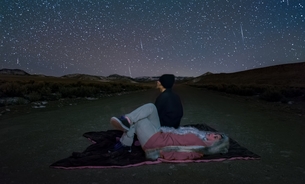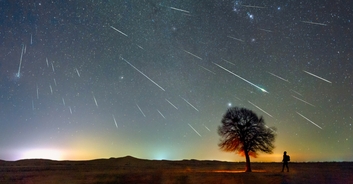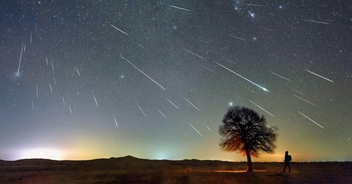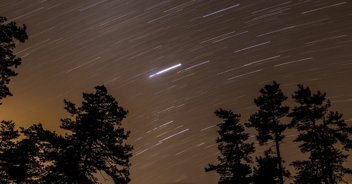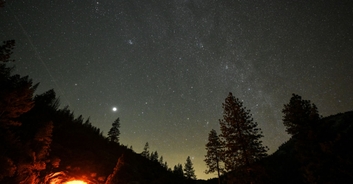Calling all American Stargazers: tonight and tomorrow evening, you will be treated to back-to-back meteor showers, WTHR reports.
The Draconid and Southern Taurid meteor showers will be setting the night sky alight with stunning shooting stars from today (Tuesday, October 8) to Thursday, October 10.
The annual display of Draconids will peak this evening, giving you the perfect opportunity to feast your eyes on some shooting stars in the night sky.
Sometimes, over 1,000 shooting stars emerge in just one hour during the Draconid shower, however, it's more likely that you will spot no more than five or six. The rest will probably be too small or fast to see without any optical instruments.
There might be hope for this year, though, as last year's Draconid shower provided stargazers with hundreds of striking meteors. And back in 2011, those in Europe were treated to a staggering six hundred an hour!
"The Draconids are one of those showers where you either see a bunch of them or none of them," Bill Cooke, a meteor expert with Nasa, told Space.com.
The best time to view the meteor shower should be before midnight on October 8. “This is a good shower for younger stargazers, especially since the shower peaks on a school night,” Dave Samuhel, AccuWeather astronomer and meteorologist, said.
Since it will take up the majority of the sky, it's best to look for meteors in parts of the sky furthest from the moon.
Following the Draconoids will be the Southern Taurids which will peak on Wednesday, October 9 into Thursday, October 10. The Southern Taurids, like the Draconoids, are considered by experts to be a fairly inactive meteor shower. With a telescope, however, you should be able to see a couple of gorgeous and rare shooting stars.
But don't worry if you miss the Draconid Meteor Shower as the Orionids Meteor Shower is expected to peak on October 21-22, and is predicted to provide as many as 20 meteors an hour.

